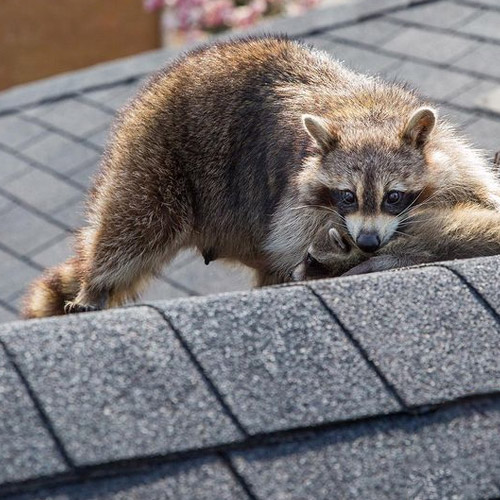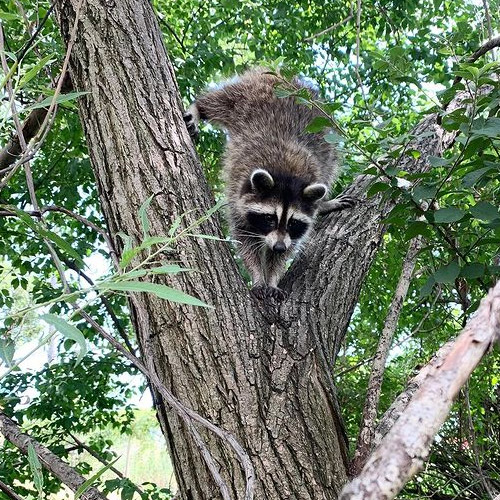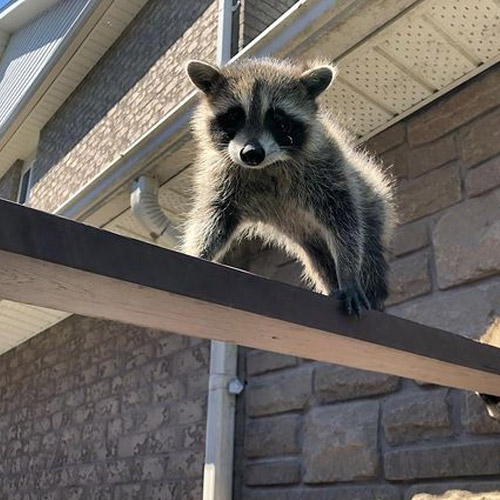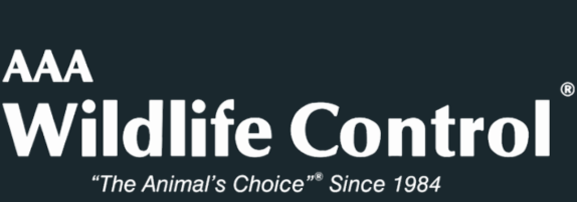Home / Wildlife Control Services in Vancouver / Humane Raccoon Removal in Vancouver
Humane Raccoon Removal in Vancouver
Raccoons in Attics
If raccoons have taken up residence in your attic or elsewhere in your home, swift action is crucial to avoid further damage and health hazards. Raccoons are notorious for wreaking havoc on roofs and structures. Once they’ve infiltrated these spaces, they can swiftly become a significant nuisance for homeowners. Seeking refuge in warm, dry, and secluded areas, they pose a threat to property and health, making prompt intervention imperative. For those experiencing these issues in the area, raccoon removal in Vancouver offers a targeted solution to safely and effectively address the problem.
For further inquiries or details about dealing with these creatures, discover raccoon faq for comprehensive answers.
Their entry points not only facilitate their intrusion but also invite issues like water damage from rain and snow infiltration, along with compromising insulation and electrical wiring. Moreover, the buildup of feces in and around the property poses serious health risks to humans, including the potential for disease transmission.
With over 31 years of expertise in raccoon removal and animal control, our team specializes in addressing these challenges, including raccoon removal in Vancouver. We offer a comprehensive suite of services tailored to ethically remove raccoons and other wildlife from your premises, while also implementing measures to prevent their return. This underscores our commitment to effective pest control in New Westminster and surrounding areas.
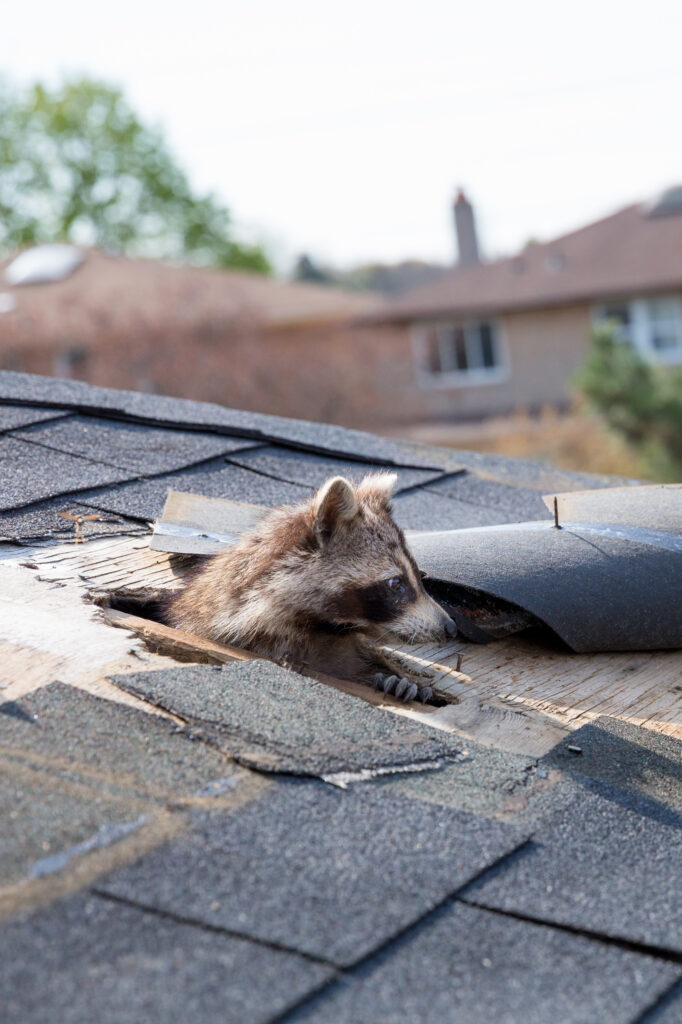
More About Raccoons

Humane Raccoon Removal

Humane Skunk Removal

Humane Squirrel Removal
Do It Yourself Dangers
For those who may be tempted to take on the task of removing animals and animal proofing themselves, it is important to remember that it can be a dangerous undertaking. Falling off ladders and roofs while attempting to remove animals or seal entry points can result in serious bodily harm. In some cases, even aggressive animals can pose a danger to those trying to remove them. It is best to leave these tasks to experienced professionals who have the knowledge and equipment to safely and effectively handle wildlife removal and animal proofing. Attempting to do it yourself can put you at risk of injury and potentially even more damage to your home.
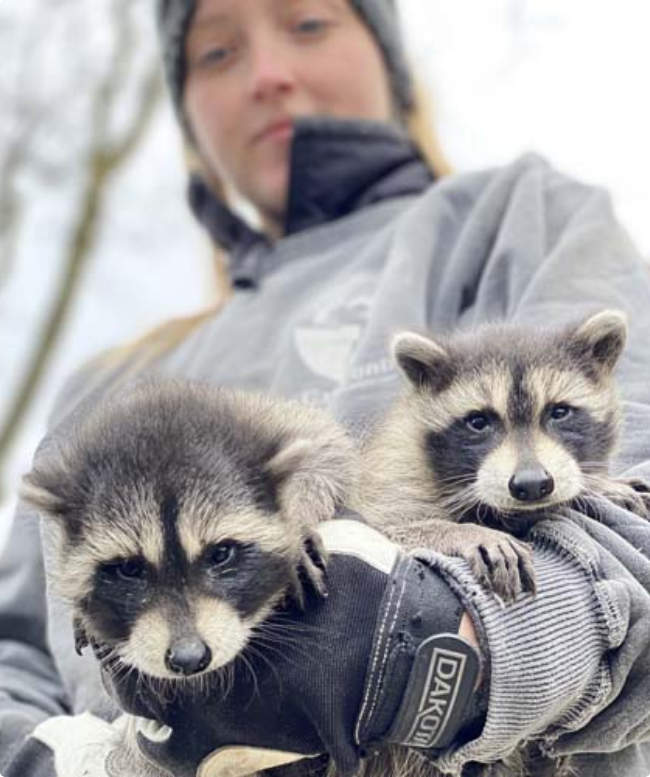
31 Years Of Wildlife Removal Experience
At AAA Wildlife Control, we specialize in expert animal removal and prevention services catering to raccoons, squirrels, skunks, mice, and rats, including professional raccoon removal in Vancouver. Our approach involves the installation of one-way doors to safely and humanely extract animals from your attic or walls, while ensuring they cannot re-enter. Additionally, our team conducts a thorough inspection to pinpoint and seal off any potential entry points to your residence. We also provide repair services to address any damage caused by these animals, such as repairing roof holes and installing protective screens over vents, soffits, and chimneys. Safeguard your home from unwanted animal guests – reach out to AAA Wildlife Control Services today for a complimentary consultation and quote, securing a lasting solution to keep these pests at bay.










